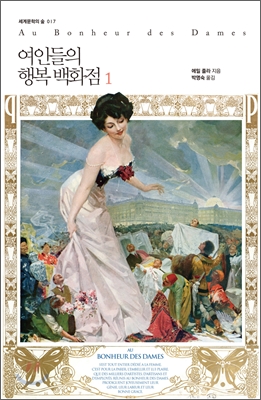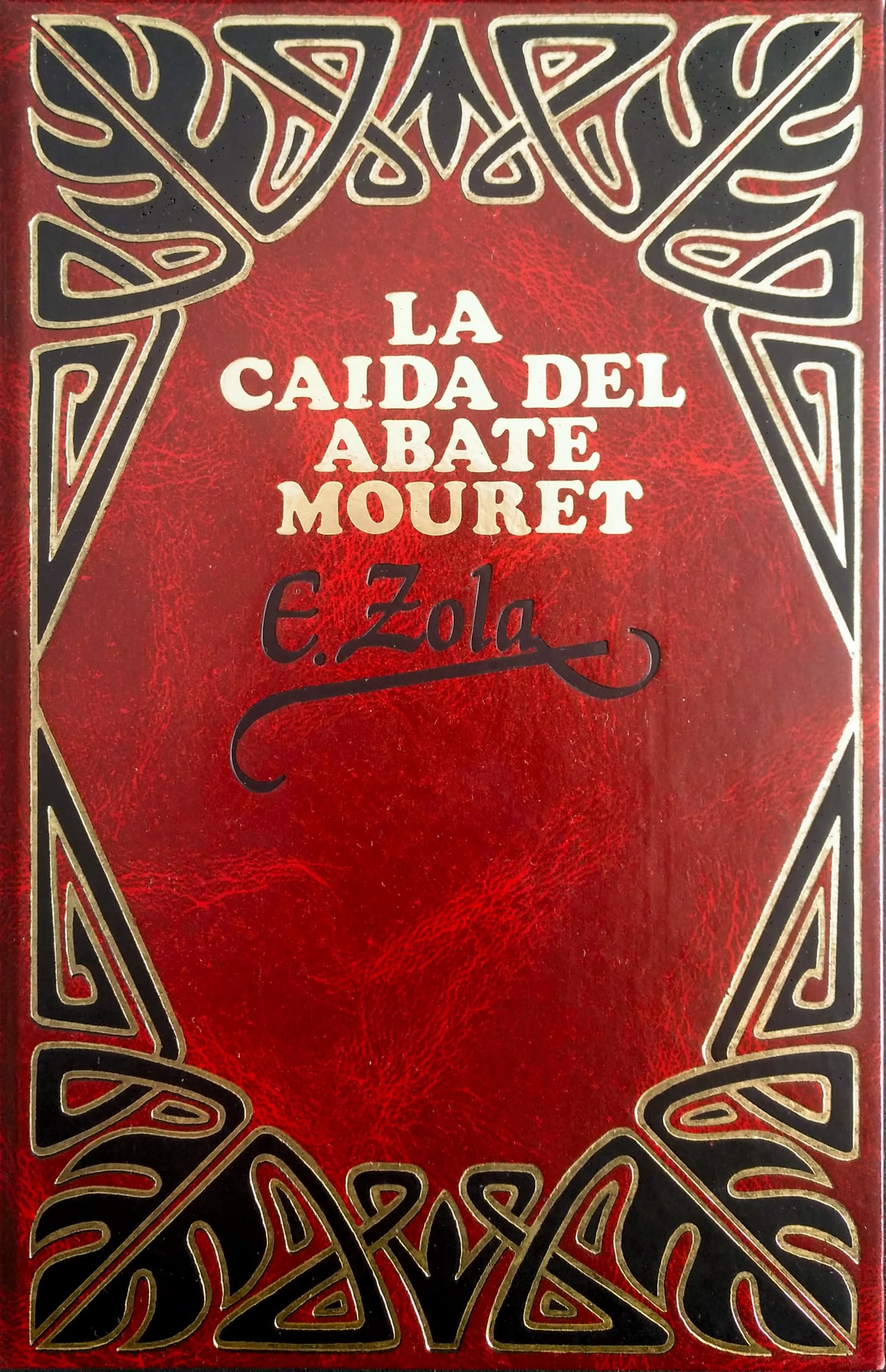
Part of Series
A los veintiocho años, la lectura entusiasta de La comedia humana y el prolongado interés por la fisiología condujo a Émile Zola a concebir el proyecto del ciclo novelístico de Los Rougon-Macquart, «historia natural y social de una familia bajo el Segundo Imperio». Lo que Balzac había hecho con la Francia de la Restauración borbónica se proponía él hacerlo con la de Luis Napoleón III (1851-1870), ateniéndose al principio de herencia, analizando la movilidad social de las generaciones de una misma familia, y tratando sus pasiones desde una óptica científica y racionalista. En 1871 inició esta magnífica saga con dos novelas, La fortuna de los Rougon y La jauría. La primera de ellas establece los orígenes de la familia, la rama legítima (los Rougon) y la ilegítima (los Macquart), en una pequeña ciudad provenzal, Plassans, inspirada en Aix-en-Provence. Los preparativos del golpe de Estado de Luis Napoleón, su triunfo final y la abolición de la república sirven de medio para las ambiciones y el ascenso de los Rougon y suponen el silenciamiento de los Macquart, uno de cuyos miembros, el joven e idealista Silvère, es el único en guardar fidelidad a la causa republicana. Zola narra «las vergonzosas comedias de los Macquart y los Rougon» como Pascal Rougon, «ese discreto amante de la ciencia», es decir, «con la atención de un naturalista que sorprende las metamorfosis de un insecto». El resultado es un tremendo y espléndido retrato del oportunismo y la supervivencia.
Author

Émile François Zola was an influential French novelist, the most important example of the literary school of naturalism, and a major figure in the political liberalization of France. More than half of Zola's novels were part of a set of 20 books collectively known as Les Rougon-Macquart. Unlike Balzac who in the midst of his literary career resynthesized his work into La Comédie Humaine, Zola from the start at the age of 28 had thought of the complete layout of the series. Set in France's Second Empire, the series traces the "environmental" influences of violence, alcohol and prostitution which became more prevalent during the second wave of the Industrial Revolution. The series examines two branches of a family: the respectable (that is, legitimate) Rougons and the disreputable (illegitimate) Macquarts for five generations. As he described his plans for the series, "I want to portray, at the outset of a century of liberty and truth, a family that cannot restrain itself in its rush to possess all the good things that progress is making available and is derailed by its own momentum, the fatal convulsions that accompany the birth of a new world." Although Zola and Cézanne were friends from childhood, they broke in later life over Zola's fictionalized depiction of Cézanne and the Bohemian life of painters in his novel L'Œuvre (The Masterpiece, 1886). From 1877 with the publication of L'Assommoir, Émile Zola became wealthy, he was better paid than Victor Hugo, for example. He became a figurehead among the literary bourgeoisie and organized cultural dinners with Guy de Maupassant, Joris-Karl Huysmans and other writers at his luxurious villa in Medan near Paris after 1880. Germinal in 1885, then the three 'cities', Lourdes in 1894, Rome in 1896 and Paris in 1897, established Zola as a successful author. The self-proclaimed leader of French naturalism, Zola's works inspired operas such as those of Gustave Charpentier, notably Louise in the 1890s. His works, inspired by the concepts of heredity (Claude Bernard), social manichaeism and idealistic socialism, resonate with those of Nadar, Manet and subsequently Flaubert.




